The Place
Yuan You Tao (园有桃), or Where The Peaches Grow, as it's so poetically called in English – opened quietly on Xinle Lu last September.
It is the lovechild of five partners: Chef Holly Lian (Crave Café) and Ruomi Gan (Mimilato) on menu R&D and design; Lin Zhenyi (Mimilato) on branding; Xie Shu Yu on front-of-house management; and sommelier Yannick De Brouwer (previously of RAC, Crave Café) on, well obviously, wine.

Image by Sophie Steiner/That's
Half the team is Hunanese, while the other half attended culinary school in Paris, so they decided to bridge the gap by embracing the flavors of their childhood, presenting them in a way that fits the modern lifestyle-centric Shanghai dining scene through hints of Western influence – via ingredients and cooking techniques.

Image by Sophie Steiner/That's
Yuan You Tao is a shining example of what we love so much about Shanghai's nascent, promisingly budding contemporary Chinese dining scene; the team isn’t trying to reinvent or alter Chinese cuisine (there’s so much to be explored already within regional delicacies) – instead they are serving up a plate of spice-laden nostalgia to the Shanghai crowds.
The Food
The Hunan countryside offers abundant diversity – of ingredients, cooking techniques and flavor profiles. The aim of Yuan You Tao is to dig deeper into that local tradition, honoring the dietary customs of Xiang cuisine.
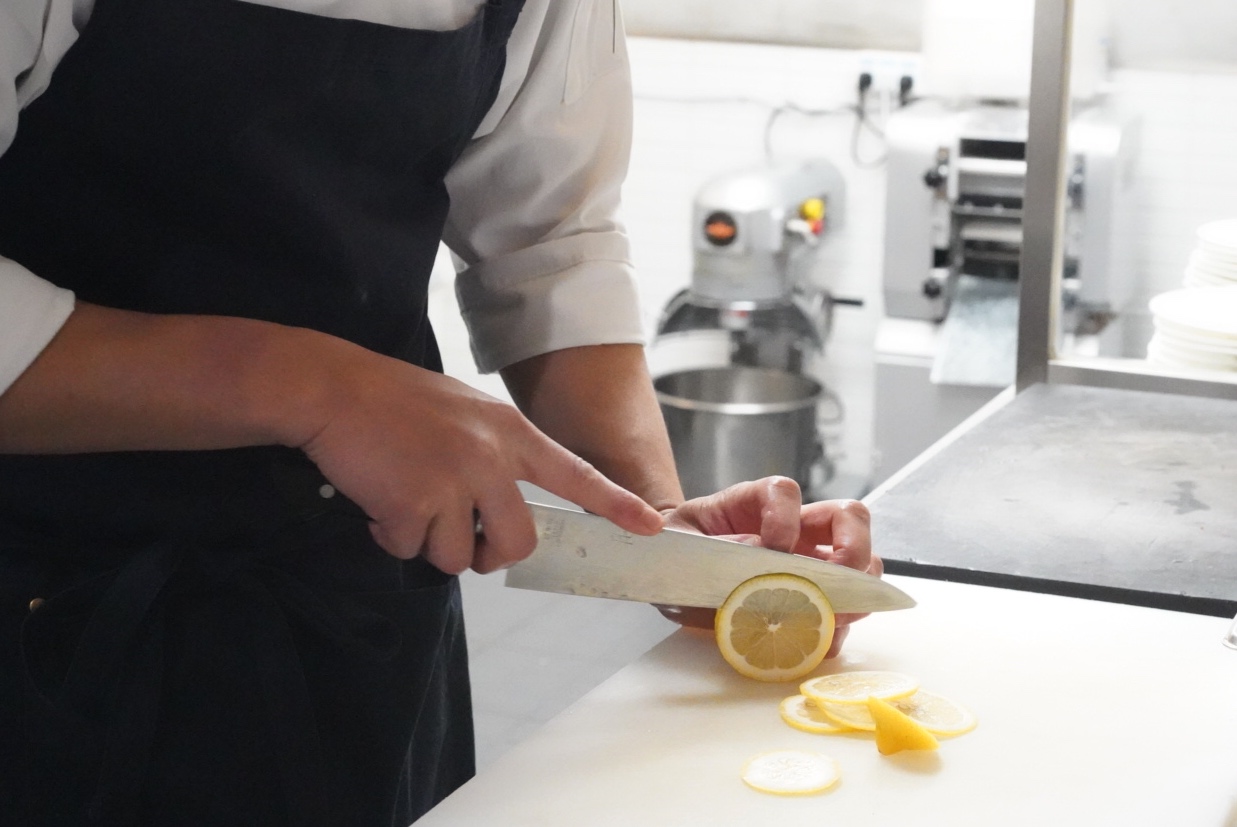
Image by Sophie Steiner/That's
Working with a Chinese chef, the team “flavor-boarded” the idea (the newest – and tastiest – version of a mood board), and came up with a roster of dishes that fall “25% creative tradition, 70% modern tradition, and 5% fusion.”

Image by Sophie Steiner/That's
Beginning with a dish from the opening menu, the Hunan Beef Tartare (RMB98) is one of the only “fusion plates” on offer, yet it has nailed the landing, maintaining its position as the top-selling item.
Why?
Because it’s playful, thoughtful, and – most importantly – downright flavorful… covering all the “fuls.”
A combination of two classics – beef tartar and Hunanese smashed chili century egg (shao lajiao pidan 烧辣椒皮蛋) – the dish sees petite diced Australian beef mixed with shallots, vinegar, soy sauce and scorched zhangshugang (樟树港), a Hunanese green chili.
Minced century egg adds a mellowing hint of creaminess, a replacement for tartar’s conventional mayonnaise.
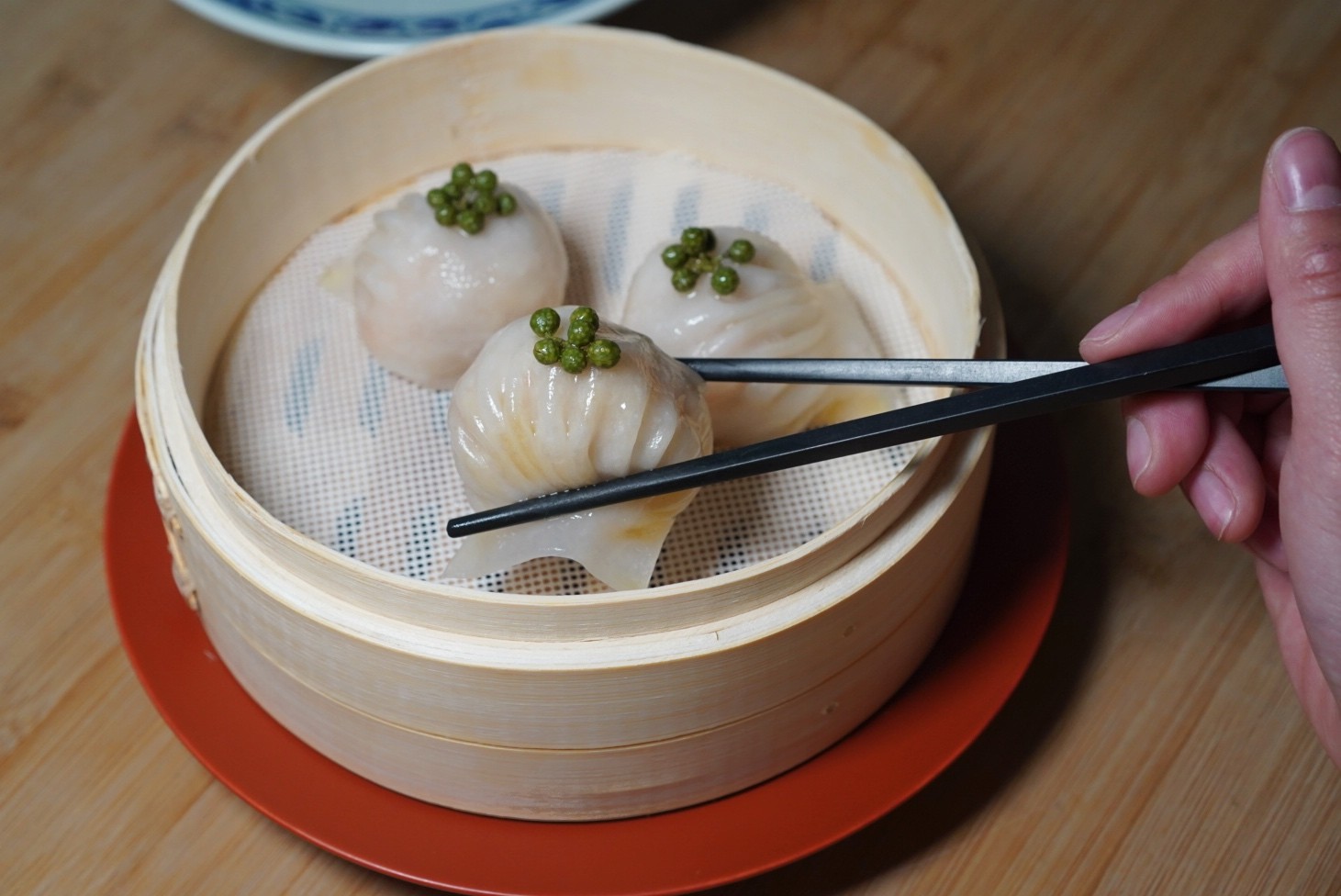
Image by Sophie Steiner/That's
Living up to its name, the predominant flavor of the Green Pepper Shrimp Dumplings (RMB88) is – well – pepper.
Dried qinghuajiao (青花椒) – a Hunan-native pepper that shares the same lip-tingling ‘ma’ spice qualities of Sichuanese peppercorn – is sprinkled throughout the shrimp and water chestnut filling, before being folded into a plump hargao of sorts and steamed in a bamboo basket.
“Hunan food is a ‘countryside’ cuisine – one earmarked for its fiery, fresh heat. The spice helps workers eat more rice to fuel them for the day,” explains Ruomi, while slurping a handmade rice noodle from a chili oil fish head broth.
“We want to showcase the local xiangla (香辣) – savory spice – taste, yet in a healthier, practical form by balancing bites with pops of acid or smoked and preserved elements that are common in the mountainous areas of the province.”
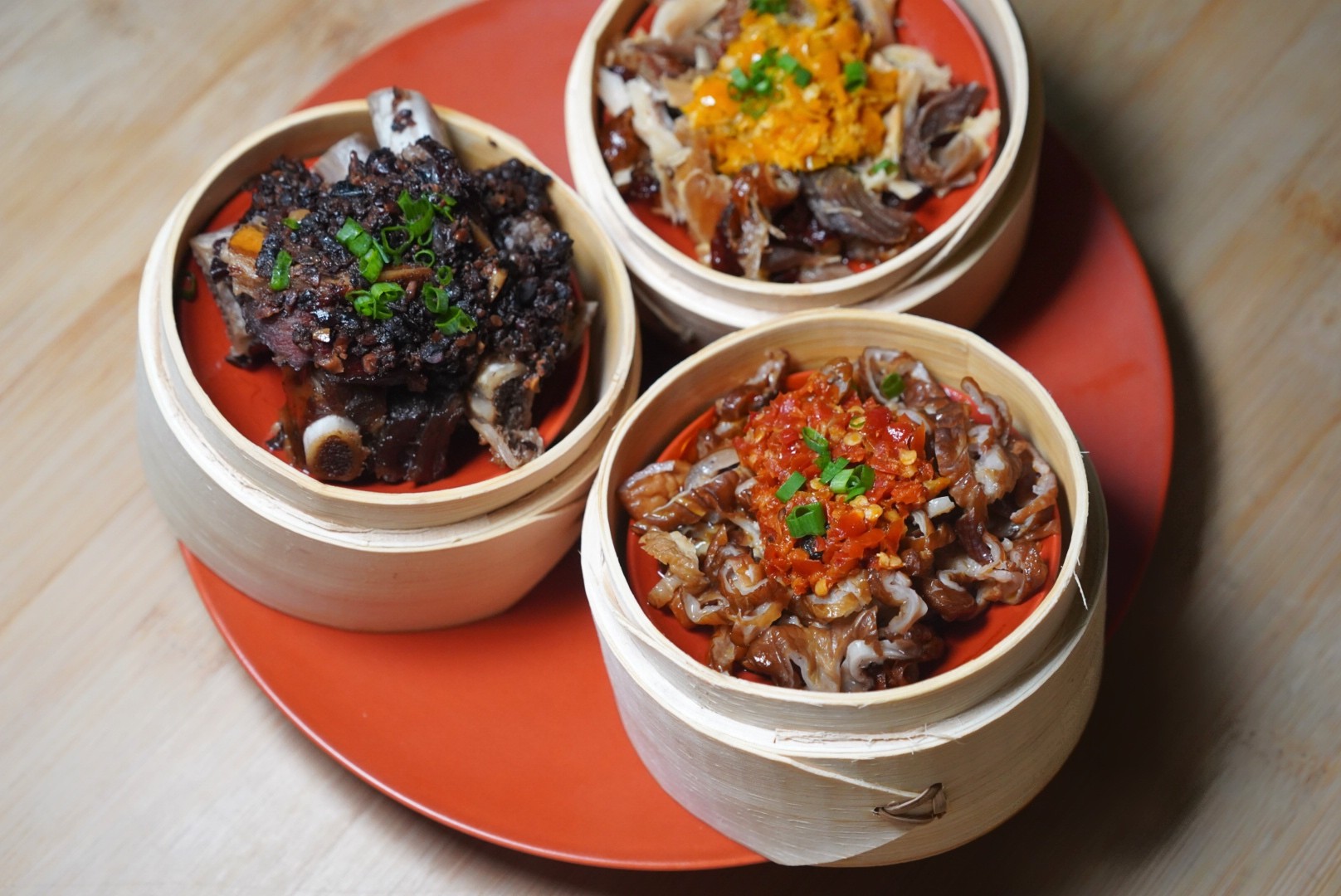
Image by Sophie Steiner/That's
Case in point, the Smoked Hot Platter (RMB158) – a trio of smolder-imbued bites, many of which are imported directly from small-batch producers the team works with in Hunan.
Smoked chicken in tea oil is smothered in flaming yellow chilis, juxtaposed against smoked pork ribs with sweet fermented black beans.
But the winner (in taste and name) is the smoked gut, a double entendre of a dish, as the base is literally guts (or thinly sliced large intestine tripe, to be PC about it) topped with jichang lajiao – a pepper native to Hunan that curls in on itself, resembling whorls of intestine, hence its name – that literally translates to ‘tripe chili.’
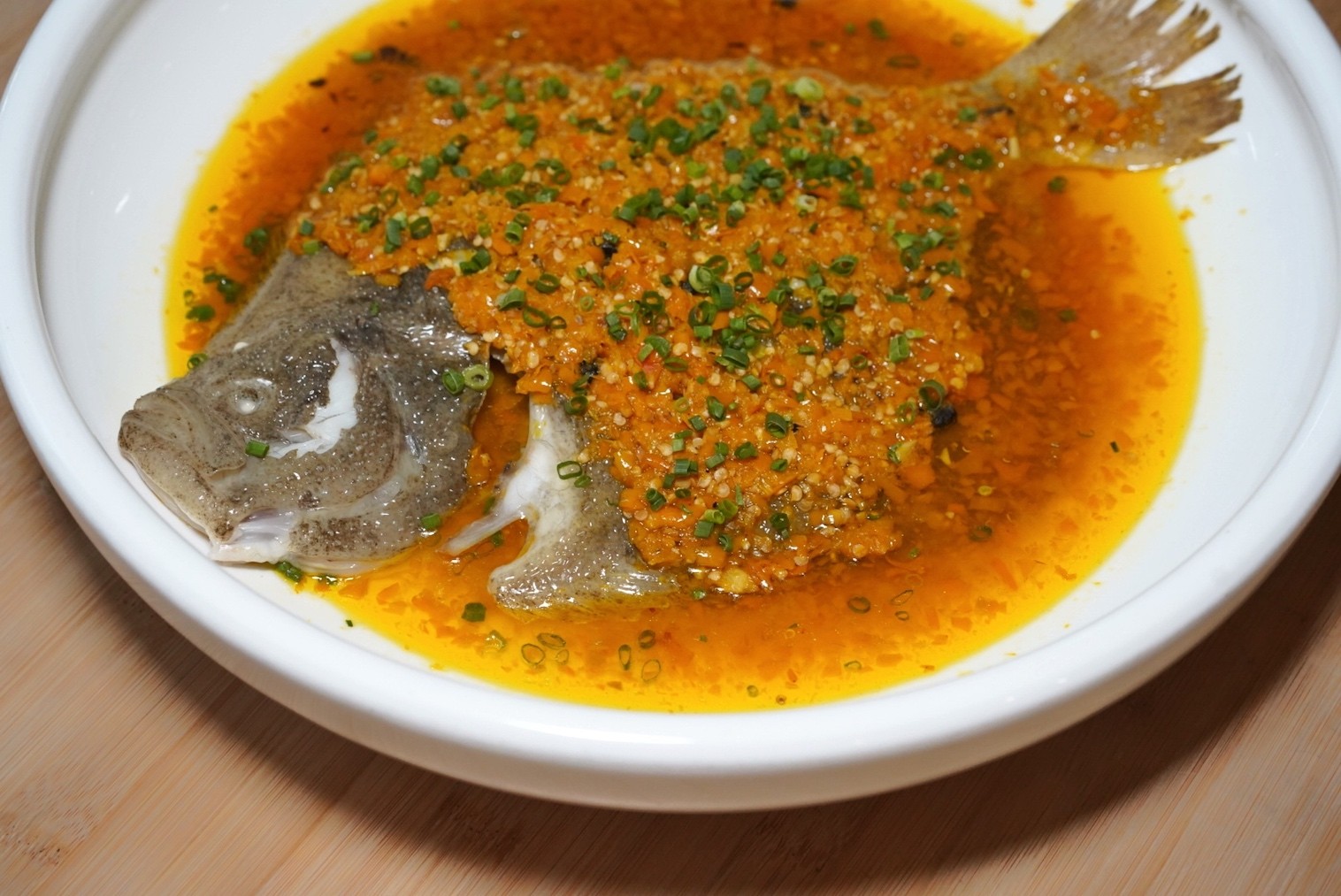
Image by Sophie Steiner/That's
The restaurant’s showstopper, Steamed Turbot with Fresh & Fermented Yellow Chili (RMB298) arrives tableside, swimming in an oily bath of half fresh, half salt-pickled, neon chilis.
An homage to duo jiao yu tou (剁椒鱼头) – Hunan steamed fish with chopped chilis – the predominant flavors are delicately sweet and brined savory, as this chili variety doesn’t pack the same heat, especially when balanced by tea oil.
A coveted off-menu secret: add ropey strands of made-fresh-daily rice noodles to mop up that extra sauce.
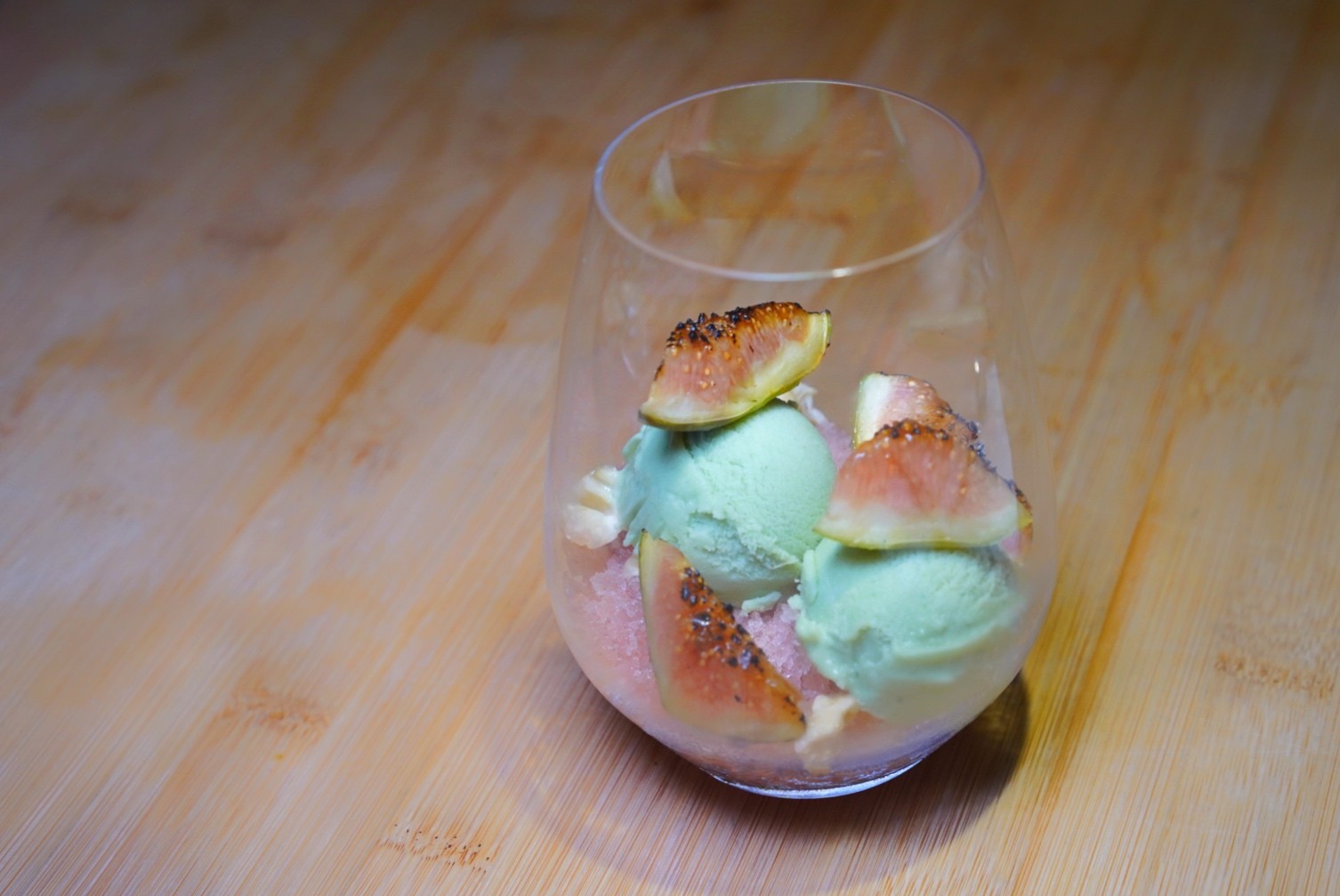
Image by Sophie Steiner/That's
Not pistachio, nor matcha, nor mint, this grassy-hued ice cream gets its coloring from mugwort – a flowering plant prized for its herbal medicinal properties.
Have you ever noticed those glutinous rice flour cakes, called qingtuan, being sold around Qingming Jie, or Tomb Sweeping holiday? They also owe their emerald shade to mugwort, as it’s believed to chase away spirits.
The Mugwort Gelato & Fig (RMB68) is presented with charred fig, a demure fig granita and toasted walnuts. But this gelato flavor – created by Mimilato – is only around through the end of spring.
After that, you can expect to find other temporal flavor combos like fig gelato with pear granita, or Japanese green tea with yuzu.

Image by Sophie Steiner/That's
A tribute to a childhood favorite, the Hunan Churros with Yellow Bean Sauce (RMB48) are a less greasy alternative to the streetside Changhsha tang jiaozi (糖饺子), customarily enjoyed as an after school snack.
Crispy twirls of sticky rice dough fingers are dusted, snow-like in a yellow bean powder, dunked in a conservatively sweet yellow bean cream. Warm, crispy and chewy – all in one bite.
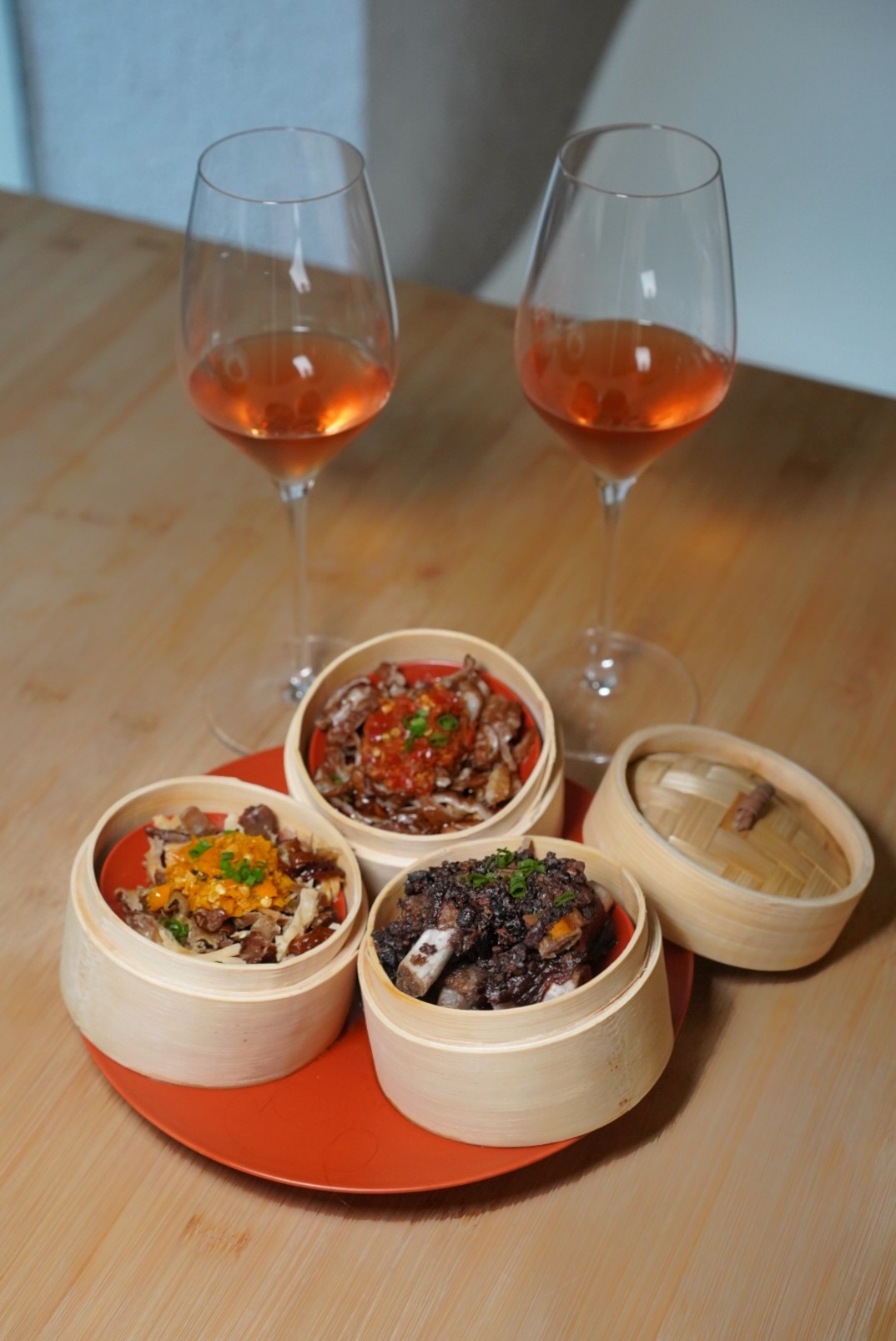
Image by Sophie Steiner/That's
The wine is all about pairing refreshing vintages with spice. Think orange wines, natties, and sparkling – those without strong tannins.
With over 250 bottles to choose from, the majority fall in the RMB400-1,200 range, and are sourced from around the globe.
Being a fully regional Chinese menu, they also offer huangjiu – aged Chinese yellow wine – with plans to create wine and food pairing menus in the future.
The Vibe
When it comes to well-worn Hunan offerings in Shanghai, there’s Di Shui Dong – aka The Dirty D – with its squatter toilets, screaming ayis, cigarette smoke, and all; and there’s Guyi – with its white tablecloths and tome of a menu.
Yuan You Tao falls pleasantly in the middle – with moderate portion sizes, an approachable menu for those with or without Hunan cuisine knowledge, and an Instagram-able café space replete with a curated wine cellar.
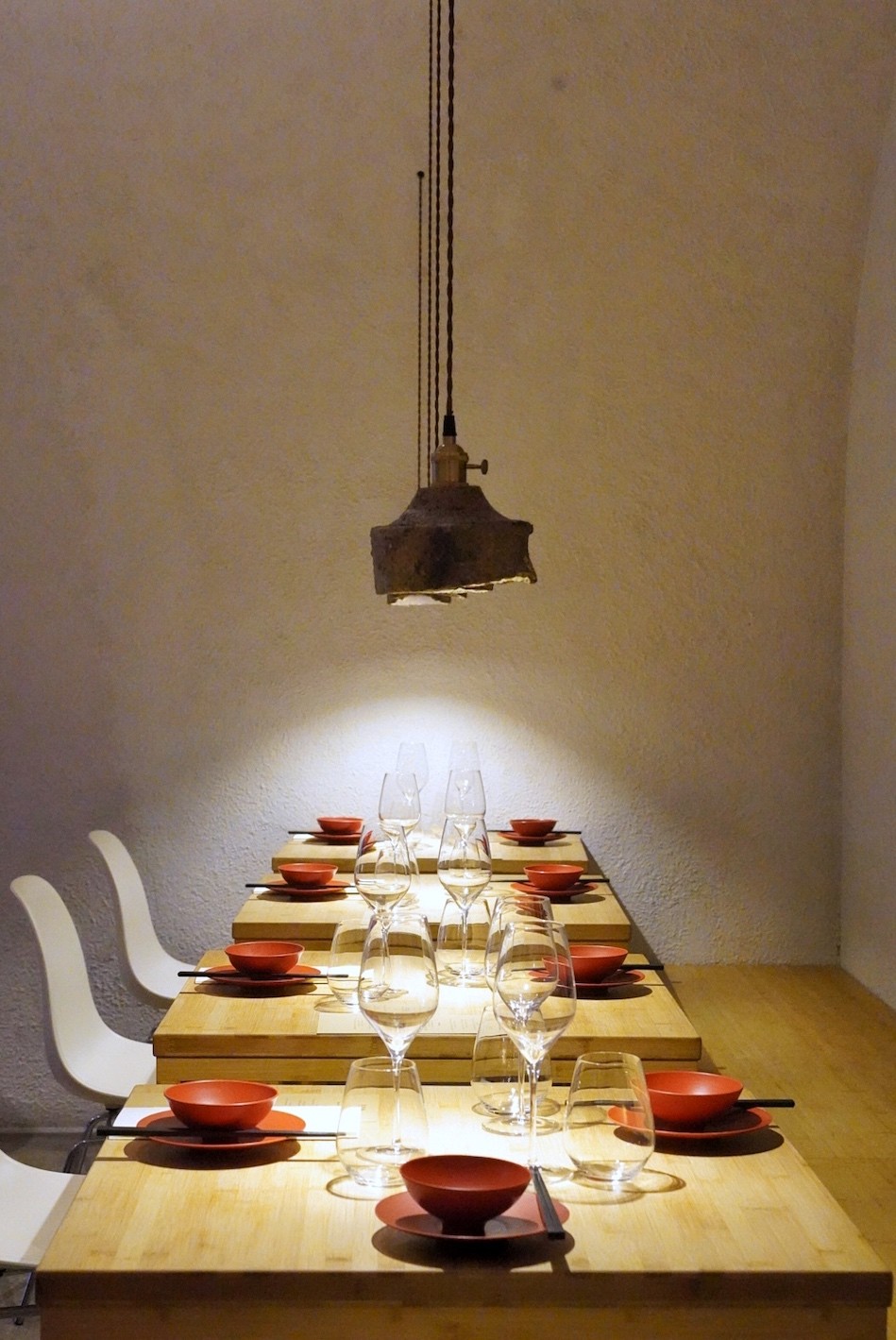
Image by Sophie Steiner/That's
Price: RMB200-400
Who’s Going: Spice addicts; hip locals; well-traveled in China expats
Good For: Curious foodie outings; being seen in one of Shanghai’s most happening areas; introducing visitors to authentic, approachable Chinese regional cuisine
Yuan You Tao (园有桃), 167 Xinle Lu, by Donghu Lu, 新乐路167号, 近东湖路.
Read more Shanghai Restaurant Reviews.
[Cover image by Sophie Steiner/That's]





















0 User Comments